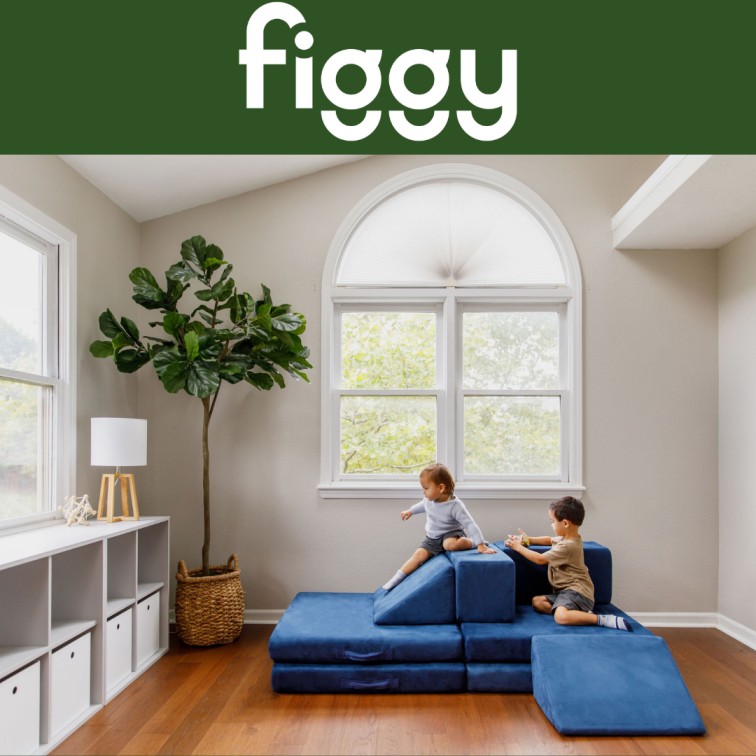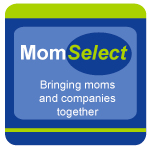Photo: Arm’s Reach
Becoming a parent means suddenly being surrounded by information from every direction including feeding schedules, diaper changes, developmental milestones, and more. It can feel overwhelming to absorb it all at once, but one of the most important areas to focus on early is safe sleep. A safe sleep environment protects a baby during their most vulnerable hours and also gives parents peace of mind. With Baby Safety Month arriving in September, it is the perfect opportunity to revisit what experts recommend and how parents can put these practices into place in a practical way.
Why Safe Sleep Matters
Sleep is a time for babies to rest and is also when they are most vulnerable. That is why the American Academy of Pediatrics (AAP) has issued detailed guidelines to help reduce the risk of Sudden Infant Death Syndrome (SIDS) and other sleep-related accidents. These guidelines are meant to serve as a roadmap for parents, caregivers, and even grandparents, helping them understand what a truly safe sleep environment looks like. By following these practices consistently, parents can establish habits that both protect their child and support healthier sleep routines for the entire household.
Choosing the Right Sleep Surface
The surface your baby sleeps on plays a critical role in safety. According to the AAP, infants should always be placed on a firm, flat surface such as a crib, bassinet, or play yard specifically designed for newborns. This type of surface ensures that a baby can breathe freely and is not at risk of sinking into soft materials that could block their airway. Household furniture such as couches, recliners, or adult beds are not designed for infant sleep and dramatically increase the risks of suffocation or entrapment. A snug mattress covered with a well-fitted sheet, with no gaps or loose padding, creates the best foundation for safe rest.
Sharing the Room Without Sharing the Bed
Parents naturally want to be close to their babies, especially in the early months. Proximity not only provides reassurance but also makes nighttime feeding and soothing easier. However, closeness should not come at the expense of safety. The AAP recommends room-sharing without bedsharing, which means having the baby sleep in the same room as their parents but always on their own separate surface. This practice is especially important during the first six months, when the risk of SIDS is highest, but continuing until a baby’s first birthday can provide ongoing reassurance and convenience. A helpful option for families is the Arm’s Reach® Co-Sleeper® bassinet, which attaches securely to the parents’ bed. This design gives babies their own safe and firm sleeping space while still allowing parents immediate access for feeding or comfort. It offers the intimacy of being close without compromising the safety that separate sleep provides.
Keeping the Sleep Space Simple
Although it may feel natural to surround a newborn with soft blankets, plush toys, or decorative bedding, these items actually introduce risks. The safest crib or bassinet is one that contains only the baby lying on their back on a firm mattress with a fitted sheet. A clear sleep space ensures that nothing interferes with the baby’s breathing and reduces the chances of accidental suffocation. Parents should resist the urge to make the crib look cozy with extras and instead embrace the simplicity that prioritizes safety above all else.
The Hidden Dangers of Crib Bumpers
Crib bumpers, once marketed as protective, have now been shown to create significant hazards. They can lead to suffocation, entrapment, or strangulation and provide no proven benefits. For this reason, the AAP strongly advises against using them in any form, whether padded or mesh. A crib that meets today’s safety standards, with sturdy construction and slats spaced closely enough to prevent a baby from slipping through, offers all the protection needed. Parents can feel confident that a well-designed crib on its own is the safest choice without the addition of potentially harmful accessories.
Building Safe Sleep Habits from the Beginning
Placing a baby on their back every time they go to sleep, keeping their sleep space clear, and ensuring they are dressed appropriately without overheating are all part of building a safe routine. By making these practices second nature from the very beginning, parents establish patterns that help babies thrive while also reducing stress for themselves. Safe sleep routines benefit everyone in the household, offering reassurance during a period when rest often feels in short supply.
As Baby Safety Month reminds us, parents have the power to make simple but life-saving choices. By following the AAP’s guidelines, choosing safe sleep surfaces, sharing the room but not the bed, and embracing clutter-free cribs, families can create an environment that protects their infants through every nap and nighttime stretch. September is the perfect time to check your setup, refresh your knowledge, and make sure your baby’s bedtime routine reflects the best and safest practices available.






































No comments
We love hearing from you! Thanks for leaving us some comment love! If you're a new follower, please leave your link, so we can follow you back!